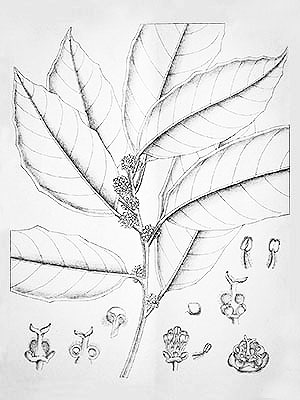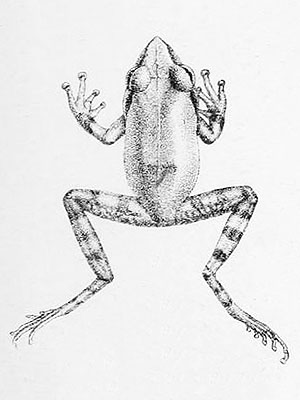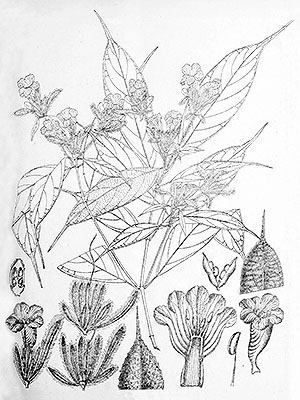Tight-leaved Blumea (Blumea angustifolia)
This species was described in 1859; it was restricted to a small area at the Mahaweli River on the island of Sri Lanka where it was found growing at damp places among rocks.
The Tight-leaved Blumea was a small perennial herb, only up to 25 cm tall, very gradually tapering at the base into a long petiole with small terminal cymes with only few, nodding yellow flowers. [1]
*********************

(public domain)
*********************
References:
[1] Henry Trimen: A Hand-Book to the Flora of Ceylon: containing descriptions of all the species of flowering plants indigenous to the island, and notes on their history, distribution, and uses: with an atlas of plates illustrating some of the more interesting species. London: Dulau & Co. 1893-1931
*********************
edited: 28.02.2024








